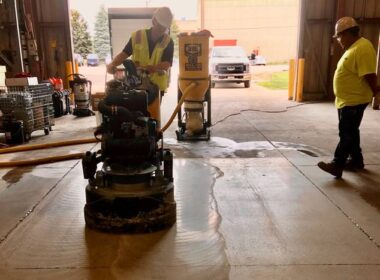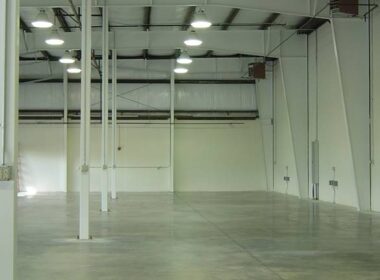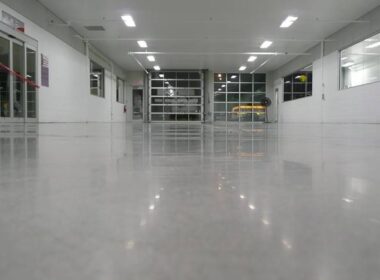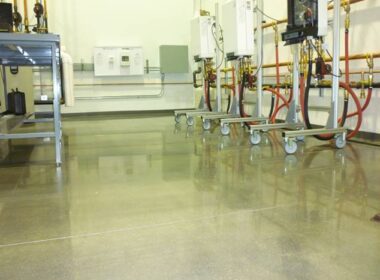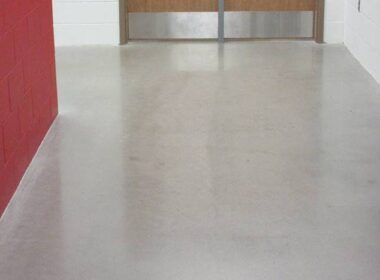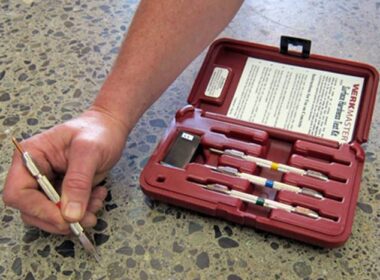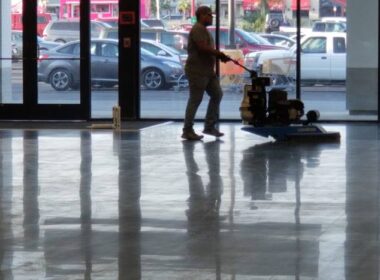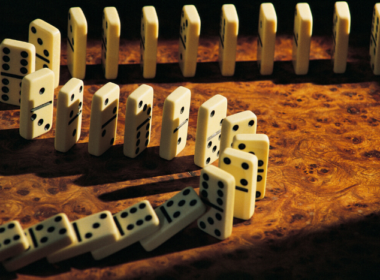There are many benefits of doing polished concrete mockups prior to starting a polished concrete job. These include: Seeing the job site firsthand. Learn locations of things like the power, parking, loading and unloading, water, wastewater disposal, dumpster, elevators and lighting, among other things. Learning how hard the concrete. By […]
Tips for Polished Concrete
Polished Concrete Mockups:
Eliminate Confusion:
How to Tell Joints Apart
How come there are so many different types of joints in a concrete slab? First let’s establish what the purpose of a “joint” is in concrete construction. They: Allow a concrete piece to move separately from other pieces or parts of the building. Let concrete shrink as it dries relieving […]
Summary:
There are 3 Types of Polished Concrete
From the last three tips, you’ve learned there are three types of polished concrete with specific differences. For this tip, I’m consolidating the items into an easy-to-read summary. This can be something you can give to your sales team or use as a reference with clients. You can also share […]
Bonded abrasive polished concrete:
The standard polished concrete
Again, here’s the definition of polished concrete: The act of permanently changing a concrete surface, with or without aggregate exposure, to achieve a specified level of finished appearance. So far, we’ve learned about burnished polished concrete (BPC) and hybrid polished concrete (HPC) and that they both have places in the […]
Hybrid Polished Concrete:
Another Type of Polished Concrete
In the last tip, you learned THE definition of polished concrete: The act of permanently changing a concrete surface, with or without aggregate exposure, to achieve a specified level of finished appearance. You also learned that there are three types of polished concrete according to the American Society of Concrete […]
Burnished Polished Concrete:
One of 3 Types of Polished Concrete
First, here’s the definition of polished concrete: The act of permanently changing a concrete surface, with or without aggregate exposure, to achieve a specified level of finished appearance. According to the American Society of Concrete Contractors’ Concrete Polishing Council, there are three types of polished concrete. Each of these has […]
Mohs Testing Will Save Time, Money and Frustration
In an earlier concrete polishing tip, I mentioned there are many options when choosing diamond tooling configurations and grit levels. Now we’re going to learn about another variable to consider, the Mohs testing for polished concrete. Today, we’ll learn how to match a diamond tool’s metal bond to the concrete […]
Things to Know About High-speed Burnishing
When used optimally, a high-speed burnisher can be useful during many phases of a polished concrete project especially while high-speed burnishing. Most people who own a high-speed burnisher or do I speed burnishing don’t know that the back wheels that touch the floor should be in the most set-back hole. […]
The Domino Effect:
Time is Money
As we all know, polishing concrete requires a bunch of steps done in a specific sequence. Much like a domino chain, the cumulative effect produced when one event transitions smoothly into the next creates momentum and productivity persists. When the sequence is disrupted — whether major or minor — the […]
Was enough densifier/hardener applied to the polished concrete slab?
Densifiers and hardeners for polished concrete are either alkali metal silicates or colloidal silica. When you apply the densifier of choice to concrete and it absorbs into the polished concrete slab, the silicate reacts with the free lime (excess calcium hydroxide) and forms calcium silicate hydrate (CSH gel). This reaction […]
